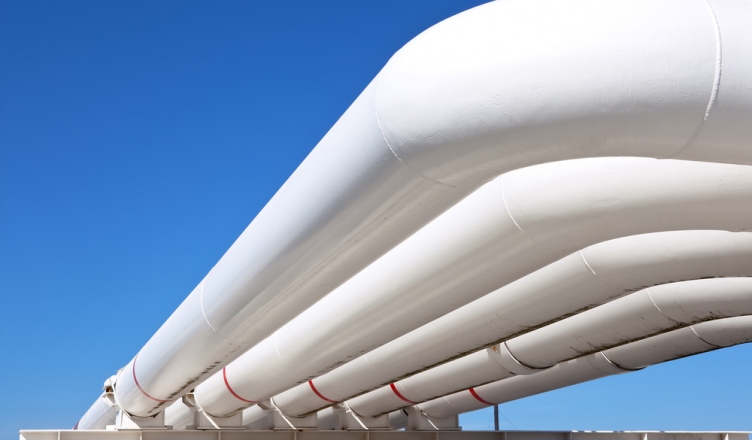Natural gas is a fossil fuel energy source that Canadians use every day for heating their homes, cooking with, and producing electricity. As one of the cleanest, safest, most affordable energy sources available, natural gas is used as a replacement for coal in electricity generation, a low carbon fuel for heating homes, and a lower emission fuel for heavy duty vehicles.
Canada is the world’s fifth largest producer of natural gas, with reserves in the Western Canadian Sedimentary Basin in British Columbia, Alberta and Saskatchewan, as well as Ontario, New Brunswick, Nunavut and off the coast of Nova Scotia.
After natural gas is extracted it must be transported and processed before it is ready for distribution to the end user. This typically involves the following steps:
- The natural gas is carried from the well to the processing station via small gathering lines.
- From the processing plant it is transported via natural gas pipeline to the distribution centre.
- The natural gas is then piped directly into homes or businesses via distribution lines.
How natural gas is processed
At the natural gas processing facility, the gas is separated from natural gas liquids (NGLs) such as ethane, propane and butane. These liquids are then transported via liquid pipelines to refineries for processing. Contaminants such as water, carbon dioxide and hydrogen sulfide are also removed.
Natural gas is naturally colourless and odourless, so during processing a chemical is added to give it a distinctive rotten-egg smell. This is an important safety step, so it’s possible to tell if there is a gas leak.
The processed natural gas is then transported under pressure via transmission pipelines. Compressor stations at intervals along the natural gas pipeline keep the gas moving at around 40 kilometres per hour.
Unlike other oil and gas products, natural gas is delivered right to the end user. Natural gas main lines bring the gas into communities, and smaller service lines take it directly into homes or businesses.
Storage Tanks
Natural gas can be stored for an indefinite amount of time between processing and distribution, in above-ground storage tanks. While the natural gas is being stored, operators have to carefully monitor the tanks, including vents drains and valves to prevent methane from leaking out.
Next time you turn on your gas stove, or your furnace fires up, give a thought to the long journey the natural gas has been through to get to your home – from well to processing facility to your community, via three different types of pipeline.

